You’re not a mind reader… are you?
Want to know what your donors and prospects are really thinking? Sure, face-to-face meetings are essential, but you can’t meet with everyone. What then? Survey them.
Small Survey, Big Results
At Haverford College, I worked with the annual giving team to create a survey that was mailed to lapsed donors. We asked just one multiple-choice question:
Why haven’t you renewed your gift this year?
While some responses indicated economic factors, changing philanthropic priorities, or a need to adjust gift timing, most donors said they’d forgotten. They even returned the survey with a gift.
It was a low cost, low effort engagement with a high return.
Big Survey, Big Results
On the flip side, when I worked at Swarthmore College, I oversaw a massive survey sent electronically to 5,000 alumni and parents about a wide range of communications preferences and attitudes toward the college.
This was a huge undertaking that required the expertise of a consultant and a special budget allocation that was planned for well in advance. We had a communication strategy designed to garner as many responses as possible and another strategy for sharing results (more on that below, including an example if you're willing to read to the end).
All of those efforts paid off. Thousands of people gave us their time and thoughts, and we took that information seriously.
After Your Survey Closes, Close the Loop
Once you’ve really digested your survey results, there are several things you can do to make the most of your data and the investments you've made in collecting it:
✅ Run open-ended responses through a word cloud generator to find common themes.
✅ Share results internally. In my case at Swarthmore, that was (separately) advancement staff, communications staff, the board, and the president of the college.
✅ Simply presenting what's in your consultant’s written report is not enough. You must interpret the results. Each internal audience got a slightly different presentation.
✅ Share report and presentation copies with staff who will be responsible for implementing changes as a result of the survey. Be available to help them understand it more deeply.
✅ Decide what you are going to share externally. Don’t rule out unflattering results; transparency builds trust.
✅ Offer next steps to reassure constituents that you’ve actually heard them.
As with fundraising, you can’t just ask. You have to share outcomes. Here's an example of how I did just that.
